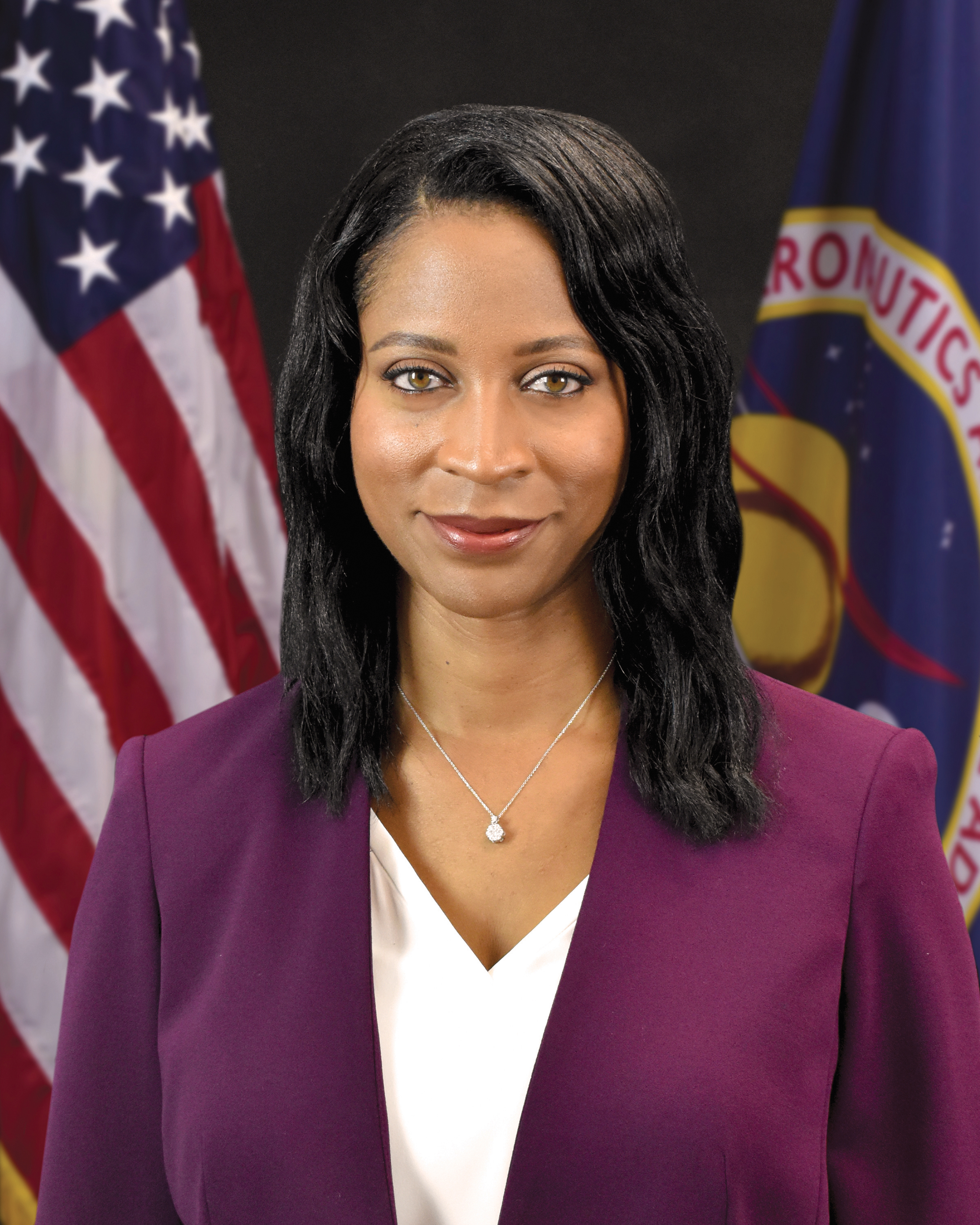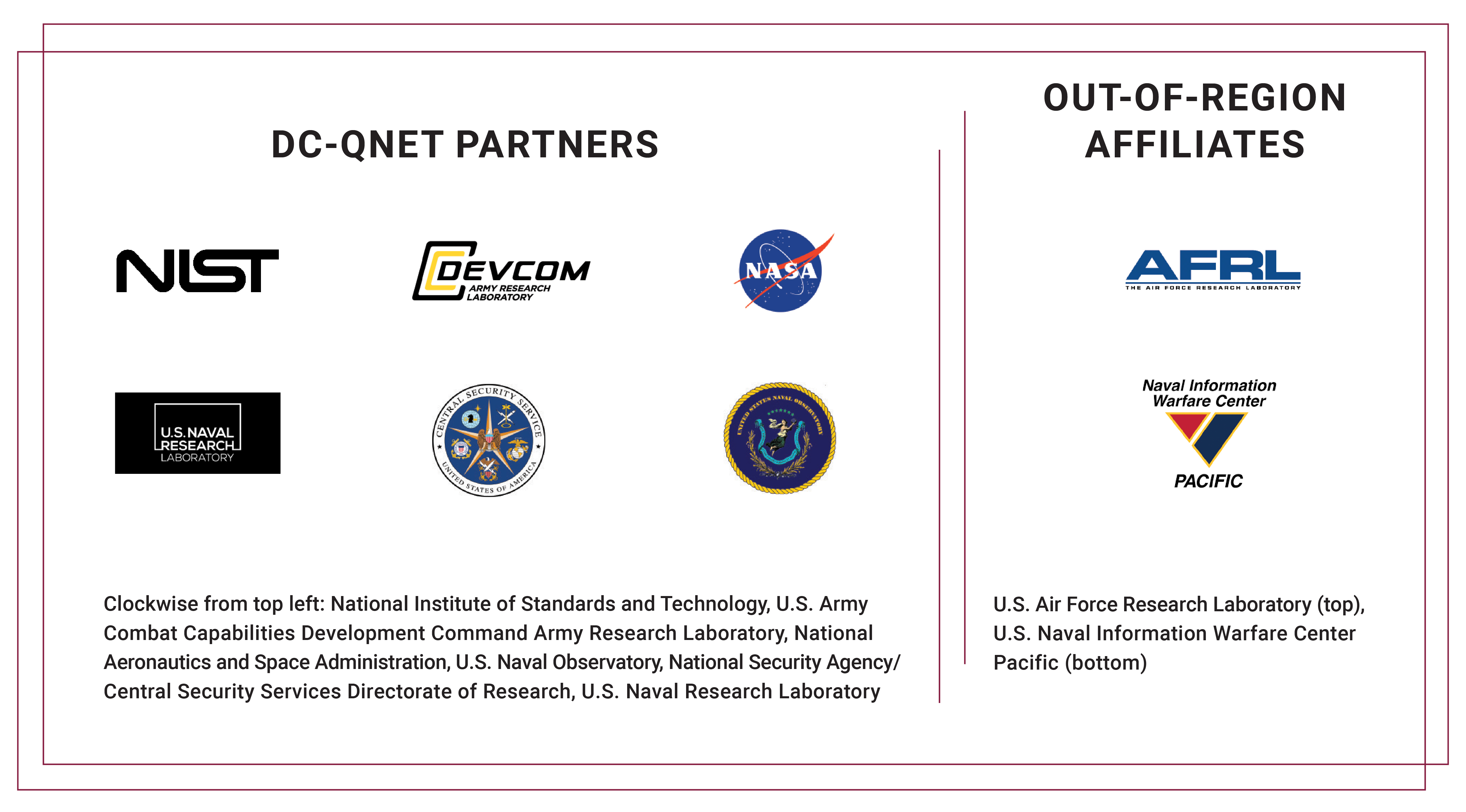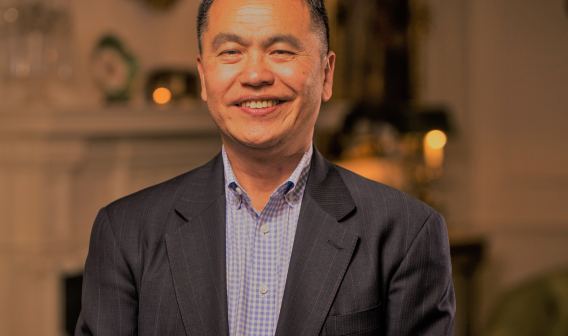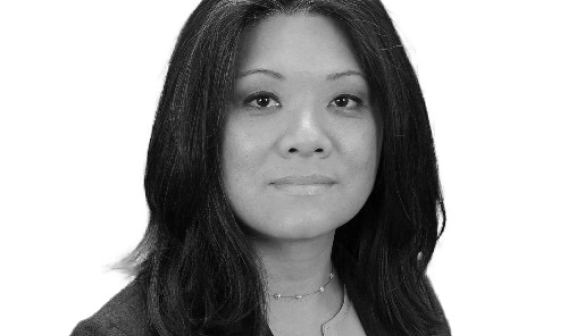The consortium is firmly focused on building out a regional quantum network and using it for experimentation, demonstration, tech development, and capability advancement. As capabilities are matured within target performance ranges, then the focus becomes operationalizing those capabilities through integration, both within the DC-QNet testbed and within member department and agency mission-focused initiatives.
One benefit of being in the D.C. region is that we’re close to federal officials and policymakers. We can bring them into our labs for demonstrations, and they can leverage their proximity to the infrastructure to further their understanding of quantum networking and use cases.
VER: How does that regional ecosystem support quantum technology’s development? How has this official partnership been beneficial?
Cooper: Across our members, there is a heterogeneous mix of mission capabilities, and there is a wonderful multidisciplinary group of engineers and scientists. Additionally, we’re able to leverage knowledge and infrastructure across our members, which allows us to be efficient as we pursue our objective.
Also, each of the member organizations have robust interactions spanning academia, the private sector, national labs, and other federal entities. This helps to ensure that the consortium is able to leverage the state of the art in our work, as well as socialize member technology development accomplishments.
One item of note is the helpful role of network organizations in the quantum arena. Within these types of organizations exists a coalition that can include corporate, academic, some federally funded research and development centers, government members, and more working together to achieve regional and national goals around quantum information science.
VER: How does that dovetail with what you’re doing at NASA? What’s NASA’s role in the quantum space?
Cooper: NASA’s vision statement is “Exploring the secrets of the universe for the benefit of all,” and the mission statement is, “NASA explores the unknown in air and space, innovates for the benefit of humanity, and inspires the world through discovery.” Quantum information science can potentially further enable this vision and mission; hence, the agency is engaged in all areas of quantum information science, including quantum computing, quantum networking, and quantum sensing. Quantum is both an emerging and future strategic capability for the agency’s aeronautics, Earth and space science, and space exploration programs. Potential applications for NASA range from cosmological imaging, mapping planetary bodies and their phenomena, to communications, navigation, and much more.
As for my quantum work at NASA’s Goddard Space Flight Center, I spearhead the center’s quantum networking portfolio, overseeing multiple activities to enable both space-based and terrestrial quantum networking via technology development and strategic initiatives with an eye toward operations. My work with DC-QNet naturally complements the activities that I lead for NASA.






